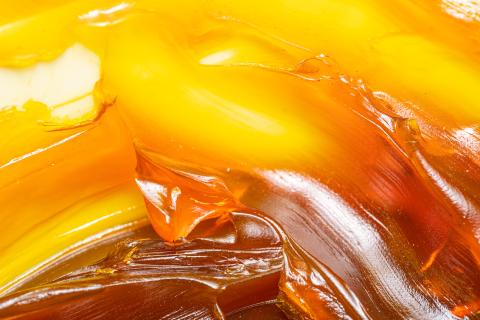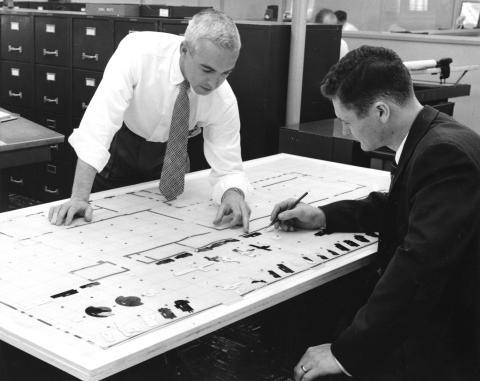eXtreme Positive Displacement, Desplazamiento positivo extremo
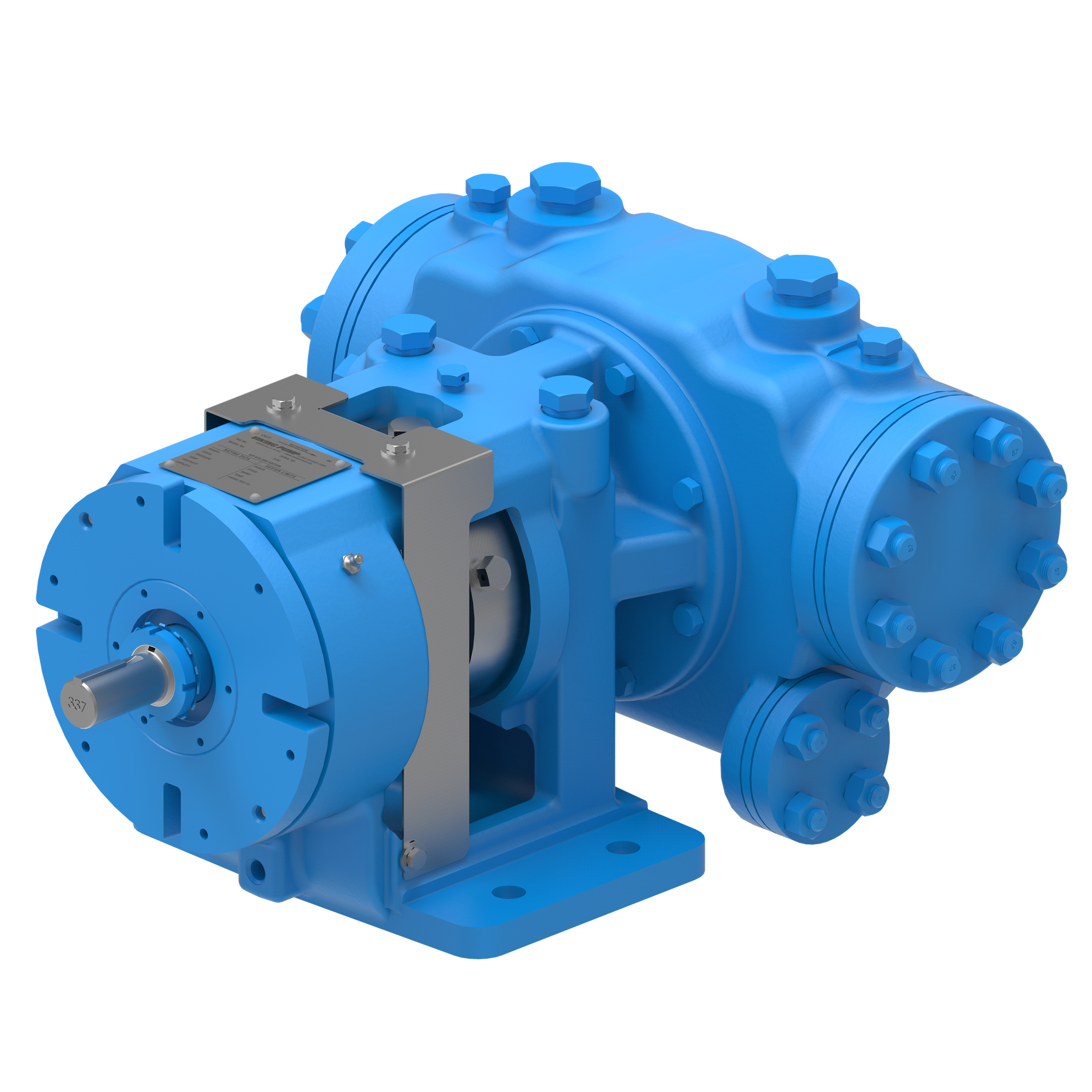
Una serie de bombas de engranajes internos Viking fabricadas en total conformidad con los requisitos, la documentación y las pruebas de la norma API 676
What is an eXtreme positive displacement pump?
An eXtreme positive displacement pump (XPD) is a series of Viking Pump internal gear pumps that are constructed to be fully compliant with API 676 requirements, documentation, and testing.
To learn more, watch this video.
How does an an eXtreme positive displacement pump work?
An eXtreme positive displacement pump works like any other internal gear pump that Viking Pump offers.
Liquid enters the suction port between the teeth of the rotor gear, which is the larger exterior gear, and the idler gear, the smaller interior gear. The meshing gears of the rotor and idler form locked cavities for the liquid to ensure volume control.
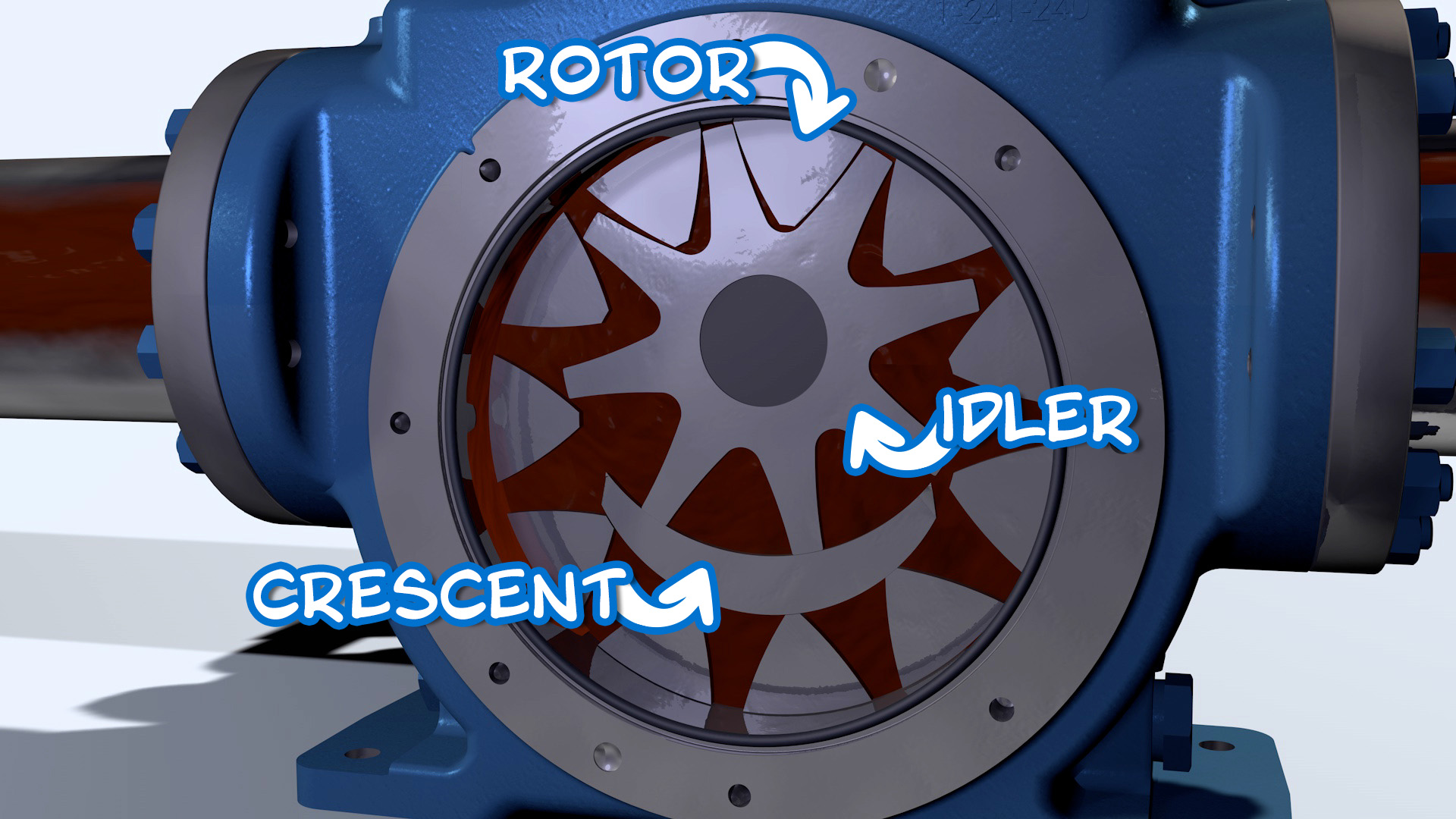
As the teeth come out of mesh, low pressure zones are created at the suction port which pulls liquid into the spaces. The liquid is trapped between the teeth of the gear-within-a-gear principle and continues to travel through the pump.
Liquid is prevented from returning to the suction side by the crescent located on the head of the pump, acting as a seal between the suction and discharge ports. When the teeth mesh completely, liquid is forced out of the spaces and out of the discharge port.
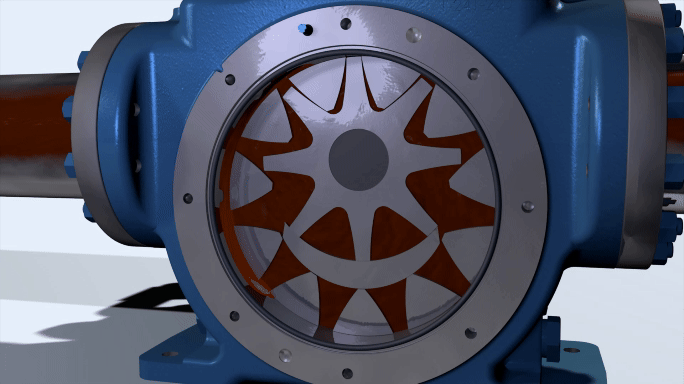
What applications may require an eXtreme positive displacement pump?
Since the eXtreme positive displacement pump (XPD) meets API 676 standards, these pumps are well suited for oil and gas applications, refineries, petrochemical processes, and industrial markets for a variety of applications.



